Buried for years under Mumbai’s new roads and ever-increasing layers of development, the British passion for cartography is set to rise up on the city’s streets again thanks to a project to preserve its colonial milestones.
When workers from Mumbai municipal corporation (BMC) were demolishing unauthorised buildings three years ago, they unearthed a basalt stone marker with a pyramidal top and a Roman numeral on it – a British milestone and one of 16 laid out in the early 19th century on the road between Horniman Circle and Sion, then the city’s outer limit.
Milestones, now classified as Grade 1 heritage structures, were originally used to mark distances from the 300-year-old St Thomas’s Church in the Fort area – considered to be the geographical centre of Bombay city in the 18th century.
Rising at least four feet above the ground, the structures common throughout colonial-era India were placed in such a way that Victorian horse carriages could see them easily and gauge how far they were from the church.
All change: India’s railways bring back tea in clay cups in bid to banish plastics
Read more
But over the years many were buried deep in the ground, or submerged in concrete or tar, due to road building and widening and construction activity. Two milestones discovered near Kemp corner, for example, were 1.22m (4ft) under the ground. In 2014, the Mumbai Mirror had reported on the disappearance of a 2.1m (7ft) tall milestone near a temple in Prabhadevi.
In November, after a two-year delay, the corporation’s heritage committee approved the milestone project. The work to preserve the remnants of British history across the city is expected to cost around £26,000 and take about six months.
Rahul Chemburkar, an architect with of Vaastu Vidhaan, the heritage conservation consultant for the Mumbai milestones restoration project, said the project included excavating, cleaning, and reinstalling them on a raised cobblestone granite platform, with an information plaque next to the stone. They will also have QR codes that will link them to an integrated BMC portal, where tourists can find more information. Where milestones are missing, replicas will be installed.
“These milestones were always around, half buried by road widening and construction projects,” Chemburkar said. “People have played around these as kids in the 80s; with increasing urbanization they got relegated to forgotten props. Our plan is to restore them to their original glory, and make them part of a circuit called the Mumbai milestone project. We have done a similar project with the BMC, for the city’s 18th century drinking water fountains called pyaavs.”
Chemburkar said citizens were very vigilant in the city about their heritage and are custodians too. “One morning, the landlord of four-storey Kanta Terrace, Jatin Sethna, 58, a family which has stayed in the locality for over a century, saw a group of five workers at one marker near Metro cinema and asked them to show some proof that they were carrying on authorised repair and conservation. It shows how even an ordinary citizen is invested in the city’s heritage.”
Conserving such small structures of historical significance has a ripple effect that can spread to other cities and make the citizens and local governments aware of their precious heritage which has been so far ignored, he said. Cutting edge technology can help in making it relevant and accessible to young people. “I believe in the three Cs of cherish, conserve and celebrate. India really needs to celebrate its heritage.”
Ratnamanjiri Shetye, 23, an architect, mapped some of the milestones around the city as part of a project she did as an intern in 2018. “Until I undertook the project I was not aware of these historical markers,” she said. “Once I set eyes on them, I was very keen that they should be preserved for posterity. I am happy that their restoration is on the cards.”





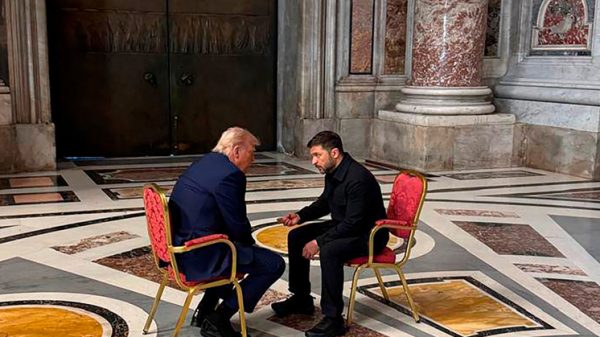






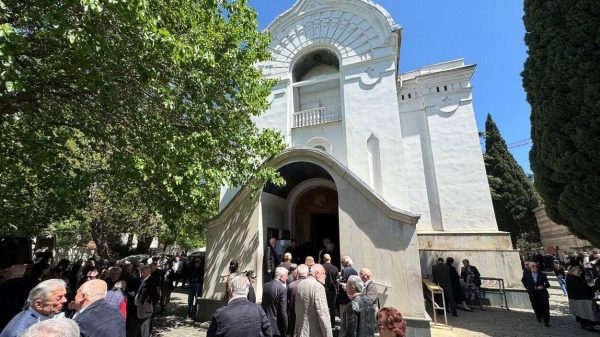


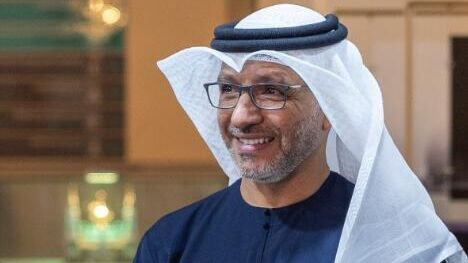
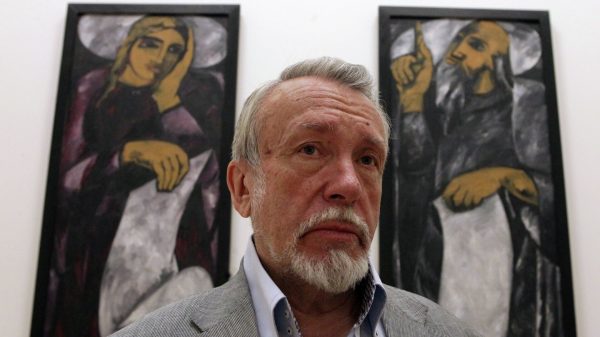

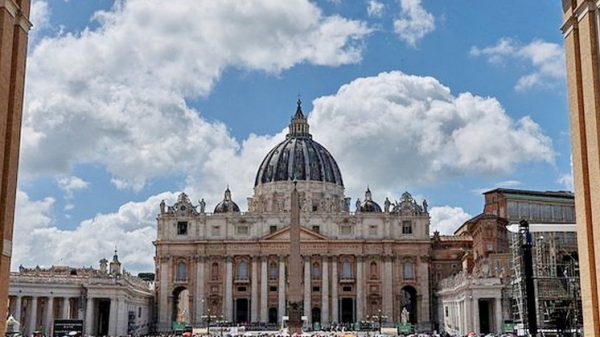



































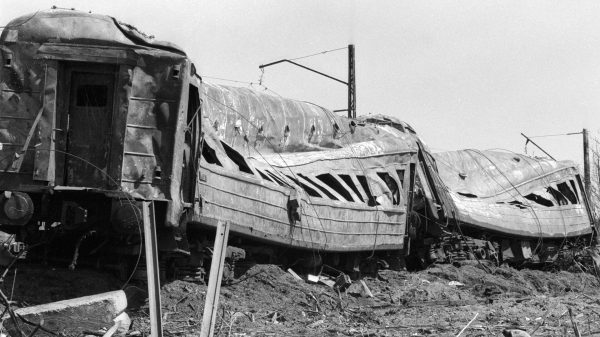

Свежие комментарии